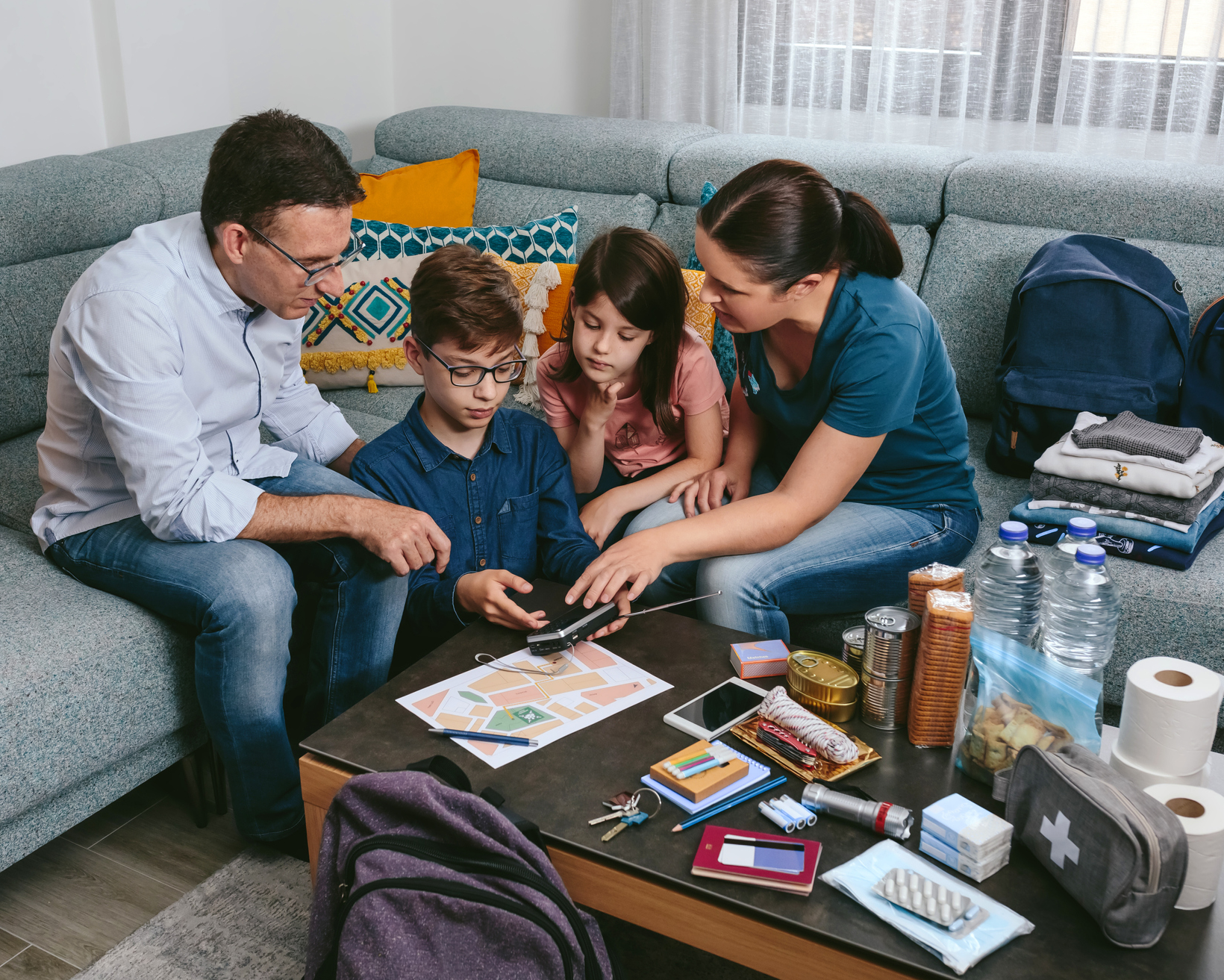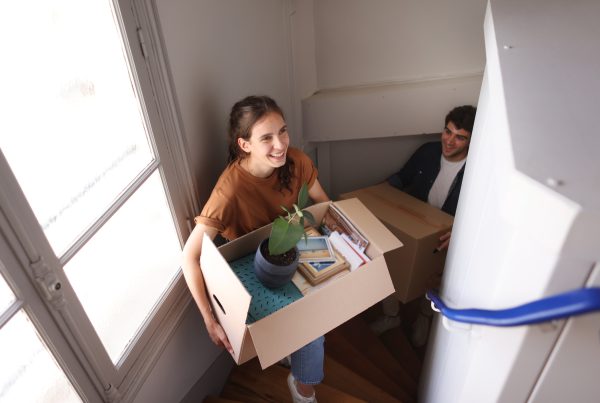September is National Preparedness Month. The first few steps toward emergency preparedness will ease your mind without costing a dime.
Preparedness Means Making a Plan to Have a Plan
Preparing for a rainy day doesn’t mean you hold an umbrella over your head 24/7. Preparing means having an umbrella available to you just in case that rainy day comes. If you don’t have an umbrella, you simply make a plan to get one.
Preparing for an emergency is the same. Rather than stressing out about assembling supplies and saving money, your first step should be to make a plan to get prepared. This will allow you to calmly assess your needs and take incremental steps toward having a completed plan and supplies on hand for you and your family for the time—if and when—an emergency arises.
The Federal Emergency Management Agency (FEMA) has already done the bulk of the work for you by publishing online guides and printable checklists that will help you prepare for nearly any emergency. The first order of business is gathering information.
Start with a Communication Plan
Whether you’re a single adult in a studio apartment or a lively multi-generation family in a home with kids and pets, too, it’s important to have a communication plan at the ready so everyone can keep in touch no matter what happens. Gathering important contact information and details about each family member onto a single document everyone can keep will help the whole family feel more at ease. FEMA created a brief guide with a printable form just for this purpose. You can download it here: Create Your Emergency Communication Plan.
Assess Your Risks
We all have a general idea of the risks that may affect us. Power outages, heavy storms, and even earthquakes can feel so familiar to some of us that we treat them like nothing more than minor nuisances. But in recent years, we’ve seen how quickly extreme natural disasters can affect entire regions. It’s become more important than ever to expect the unexpected.
You can go straight to the downloadable booklet by FEMA called the Are You Ready? Guide to start assessing your risks and establishing some basic protective actions for everything from pandemics to hail, extreme heat waves to avalanches. Or, if reviewing info on all of the scary scenarios feels overwhelming, you can download individual preparedness sheets for specific types of risks instead. Visit https://www.ready.gov/be-informed and choose from the list.
Get Everyone Involved
FEMA also offers resources that can help kids understand disaster preparedness for your area and encourage teens to step up as leaders for the family in case of an emergency, too. Continue learning about preparedness for the whole family, workplaces, and pets, too, by visiting the National Preparedness Month website at Ready.gov.





